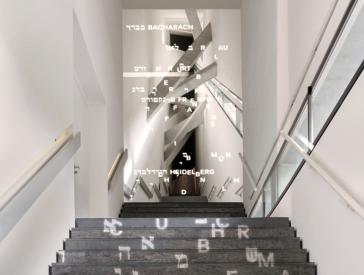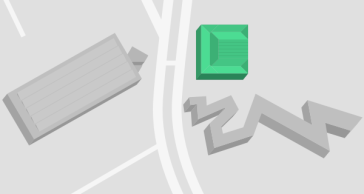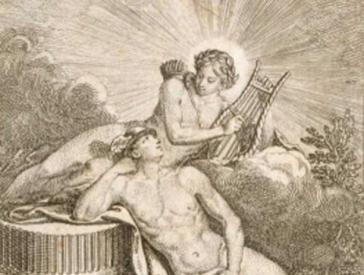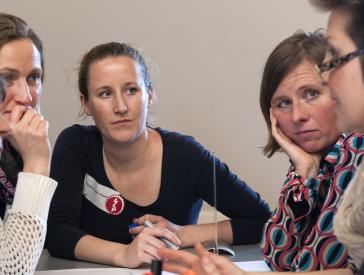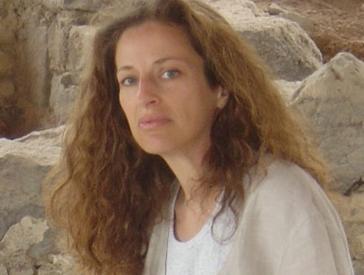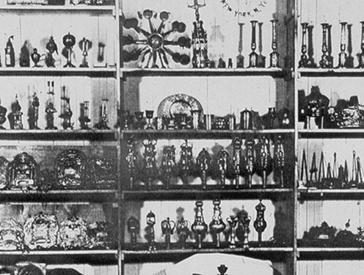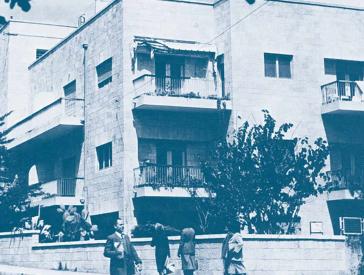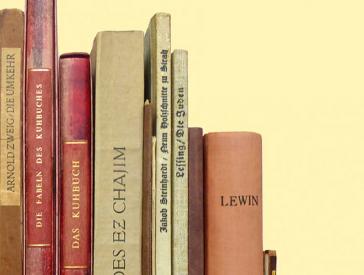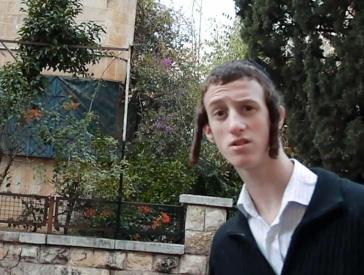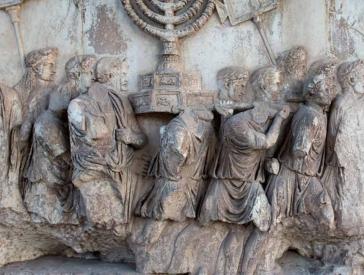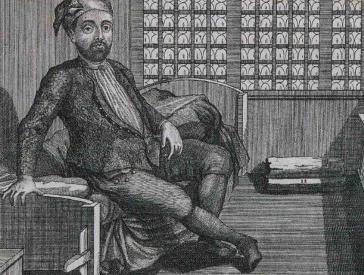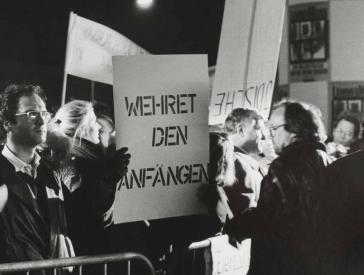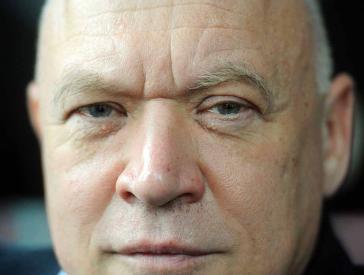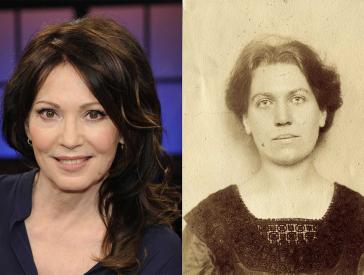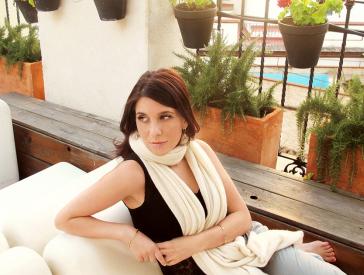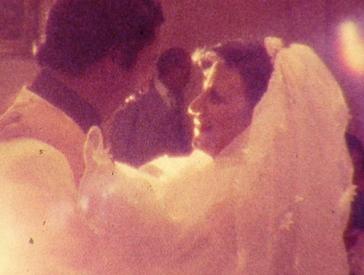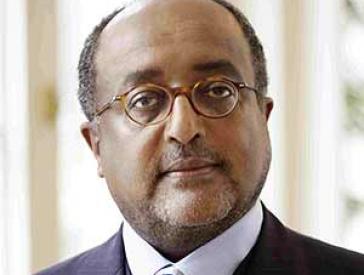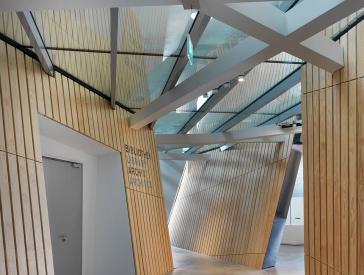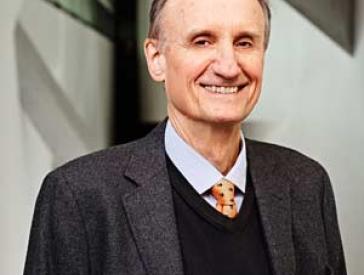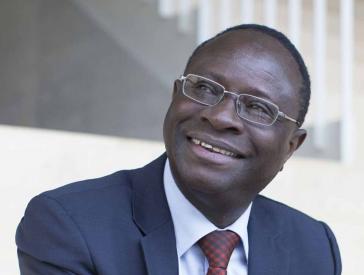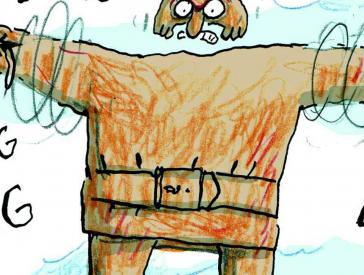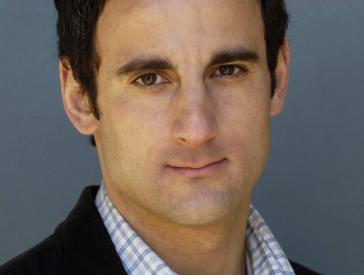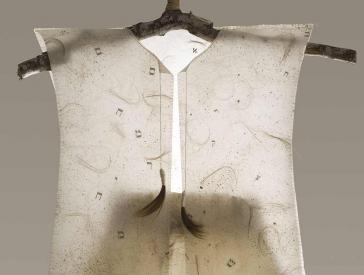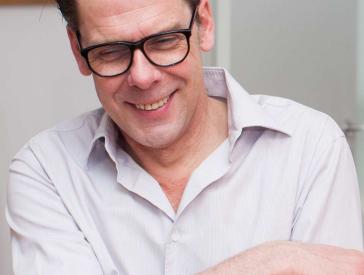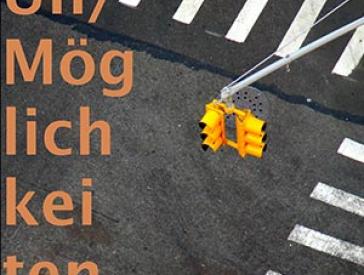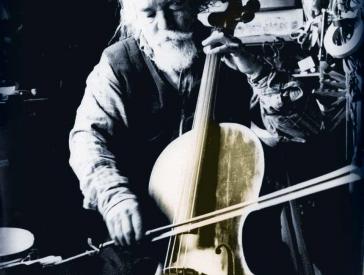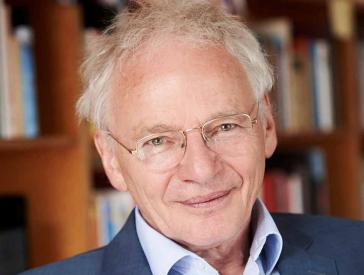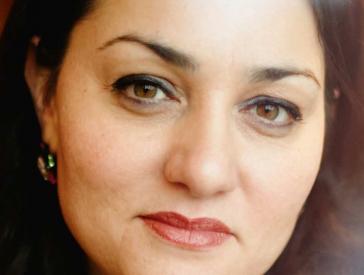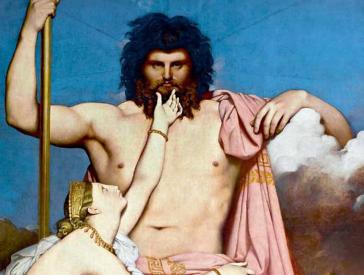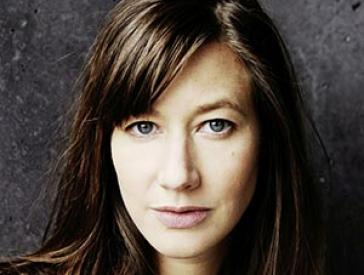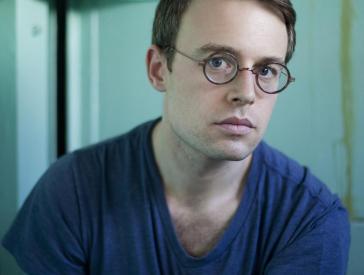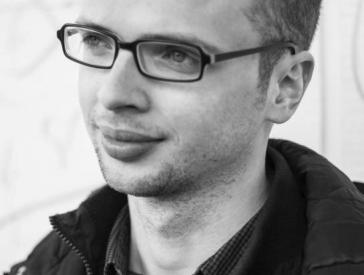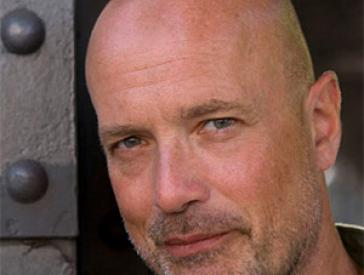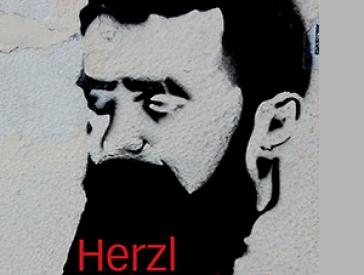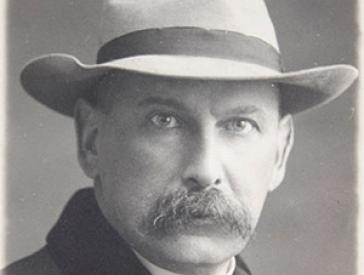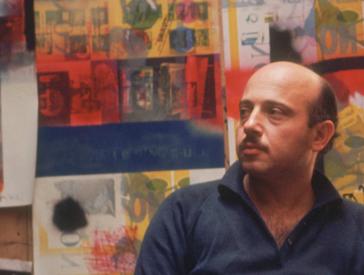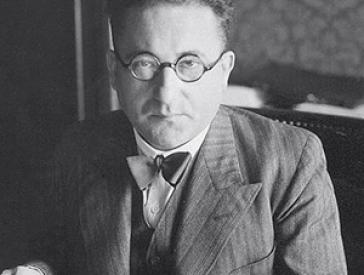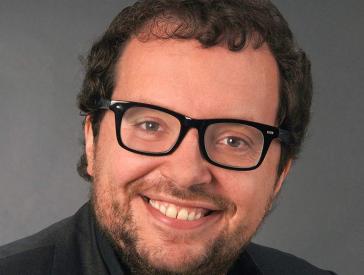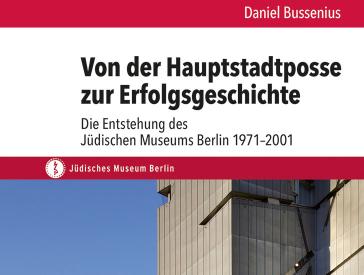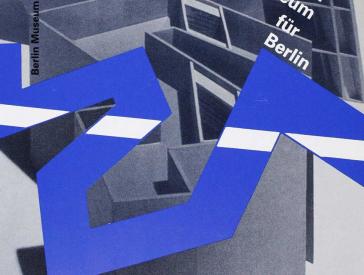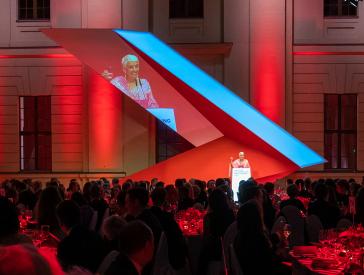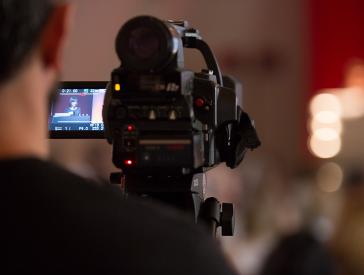Von der Hauptstadtposse zur Erfolgsgeschichte
Die Entstehung des Jüdischen Museums Berlin (mit Audio-Mitschnitt)
Das Jüdische Museum Berlin ist bis heute eines der erfolgreichsten deutschen Museen und der Libeskind-Bau ein international bekanntes Wahrzeichen.
Wie kam es dazu, dass das ehemalige Kammergerichtsgebäude in der Kreuzberger Lindenstraße, in dem sich das in den 1960er Jahren gegründete Westberliner stadthistorische Museum befand, heute das Jüdische Museum Berlin beherbergt? Wie wurde aus dem Projekt, das Berlin Museum um eine jüdische Abteilung zu erweitern, ein nationales Museum für deutsch-jüdische Geschichte in der Trägerschaft der Bundesrepublik?
Der Autor Daniel Bussenius spricht mit der Kuratorin Inka Bertz und dem ZEIT-Journalisten Heinrich Wefing über die Entstehung des Museums und, welche Kontroversen seine Gründung in den Jahren 1971 bis 2001 begleiteten.
Gesprächsteilnehmer*innen
Inka Bertz ist Leiterin der Sammlungen und Kuratorin für Kunst am Jüdischen Museum Berlin. Sie kuratierte Ausstellungen und publizierte zur jüdischen Kunst- und Kulturgeschichte, u.a. 1991 Eine neue Kunst für ein altes Volk. Die Jüdische Renaissance in Berlin 1900–1924 sowie 2004 Familienbilder. Selbstdarstellung im jüdischen Bürgertum (Dumont).
Daniel Bussenius promovierte mit einer geschichtswissenschaftlichen Dissertation zur Geschichtspolitik mit der 48er Revolution in der Ersten Republik Österreich und der Weimarer Republik in den Jahren 1918 – 1933/34 an der Humboldt-Universität zu Berlin. Parallel dazu war er Forschungsassistent von Prof. Dr. W. Michael Blumenthal für Recherchen zu dessen Autobiografie, In achtzig Jahren um die Welt (Propyläen). Er arbeitet als freier Historiker und Lektor in München.
Heinrich Wefing ist stellvertretender Ressortleiter Politik der ZEIT in Hamburg. Er hat Jura und Kunstgeschichte in Bonn und Freiburg studiert und schrieb elf Jahre für das Feuilleton der FAZ, zuerst als Korrespondent in Berlin, dann in San Francisco, zuletzt als Leiter des Feuilleton-Büros in Berlin. Seit 2008 ist er bei der ZEIT in Hamburg, Schwerpunkte Rechtspolitik, Netz und Gesellschaft, USA. 2005 erschien seine Gebrauchsanweisung für Kalifornien (Piper), 2011 das Buch Der Fall Demjanjuk. Der letzte große NS-Prozess (C.H. Beck). Er lebt in Hamburg.
Moderation: Cilly Kugelmann
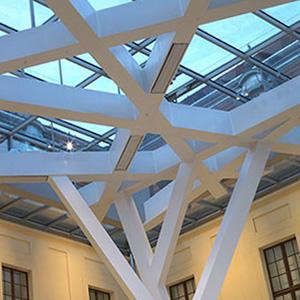
Audio-Mitschnitt der Veranstaltung; Jüdisches Museum Berlin 2015
Infos zur Schriftenreihe
Die Schriften des Jüdischen Museums Berlin thematisieren die Vielfalt der jüdischen Erfahrung vor dem Hintergrund allgemeiner historischer und kultureller Entwicklungen in Deutschland und Europa. Sie widmen sich Fragen nach der Darstellung von Geschichte und reflektieren die Bedeutung von Diaspora im Hinblick auf die jüdische Tradition und die gesellschaftspolitischen Veränderungen der Gegenwart. Der erste Band, Von der Hauptstadtposse zur Erfolgsgeschichte. Die Entstehung des Jüdischen Museums Berlin 1971–2001, wird in dieser Veranstaltung präsentiert.
Band 2 der wissenschaftlichen Buchreihe erschien als erste Open Access-Publikation des Jüdischen Museums. Höre die Wahrheit, wer sie auch spricht. Stationen des Werks von Moses Maimonides vom islamischen Spanien bis ins moderne Berlin (Hg. Lukas Muehlethaler) beleuchtet zum einen charakteristische Aspekte von Maimonides’ Werk mit Bezug auf die almohadische Revolution im muslimischen Spanien, zum anderen werden unbekannte muslimische und christliche Lesarten seines Werks präsentiert.
Eine Veranstaltung zum Auftakt der wissenschaftlichen Buchreihe des Jüdischen Museums Berlin.
In Kooperation mit dem Verlag Vandenhoeck & Ruprecht
Audio-Mitschnitte: Veranstaltungen zum Nachhören (64)
